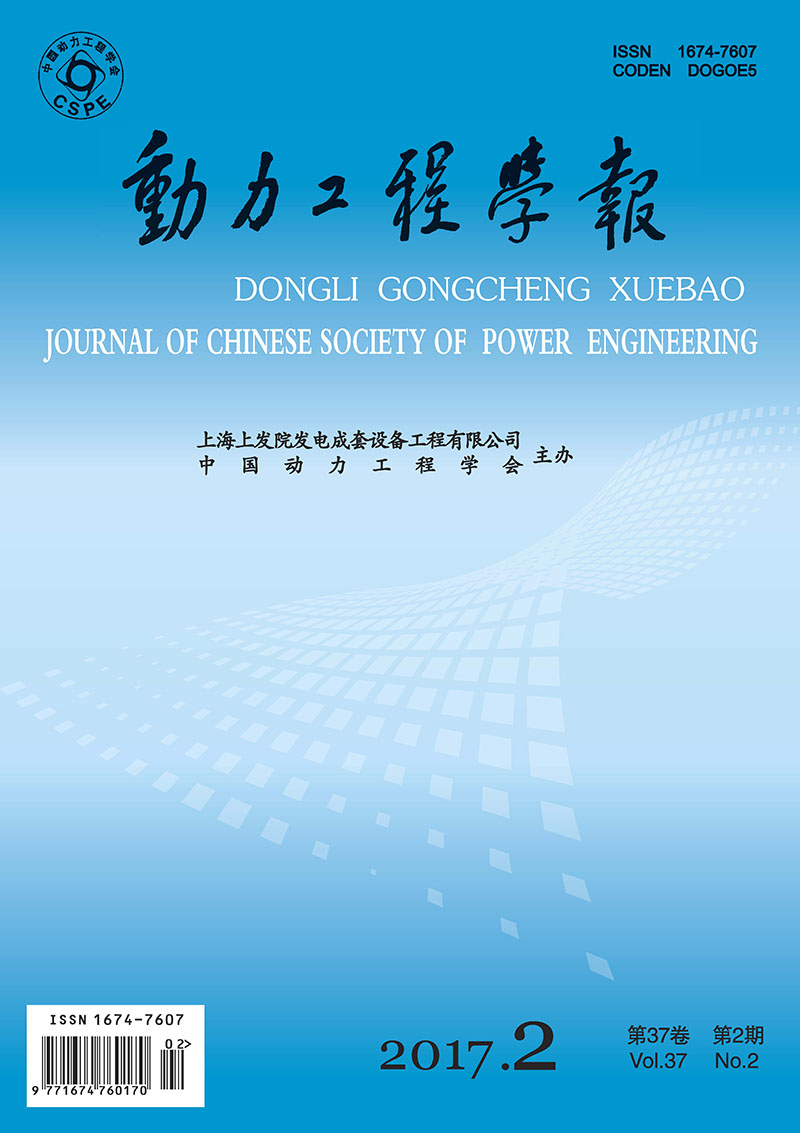HU Yue, XU Gang, DUAN Dongwei, GAO Yachi, ZHANG Kai, YANG Yongping
2017, 37(2): 134-139.
In terms of the CO2 capture in natural gas combined cycle (NGCC) power plant, a way of CO2 capture by Ca-based calcination and carbonation was studied. Based on the mathematic model built in Matlab, the effects of following factors on the CO2 capture ratio were analyzed, such as the carbonation temperature, sorbent inventory, sorbent circulation flow rate and the sorbent make-up rate, etc. Results show that, to obtain 90% capture ratio of CO2 (rcc), the carbonation temperature in NGCC power plant would be 594℃, which is lower than that in coal-fired power plant (650℃), due to the low mole fraction of CO2 in NGCC power plant. With the rise of cycle number, the absorbing capability of sorbent decreases obviously. For a fixed F0, rcc increases significantly and then levels off with the increase of WCaO and FR, whereas for the same WCaO, rcc increases with the rise of F0 and FR, however, when FR gets up to a certain value, rcc reduces instead, due to the insufficient inventory of CaO in carbonator, leading to that partial of the CaO entering into the carbonator can't achieve the maximum conversion.
